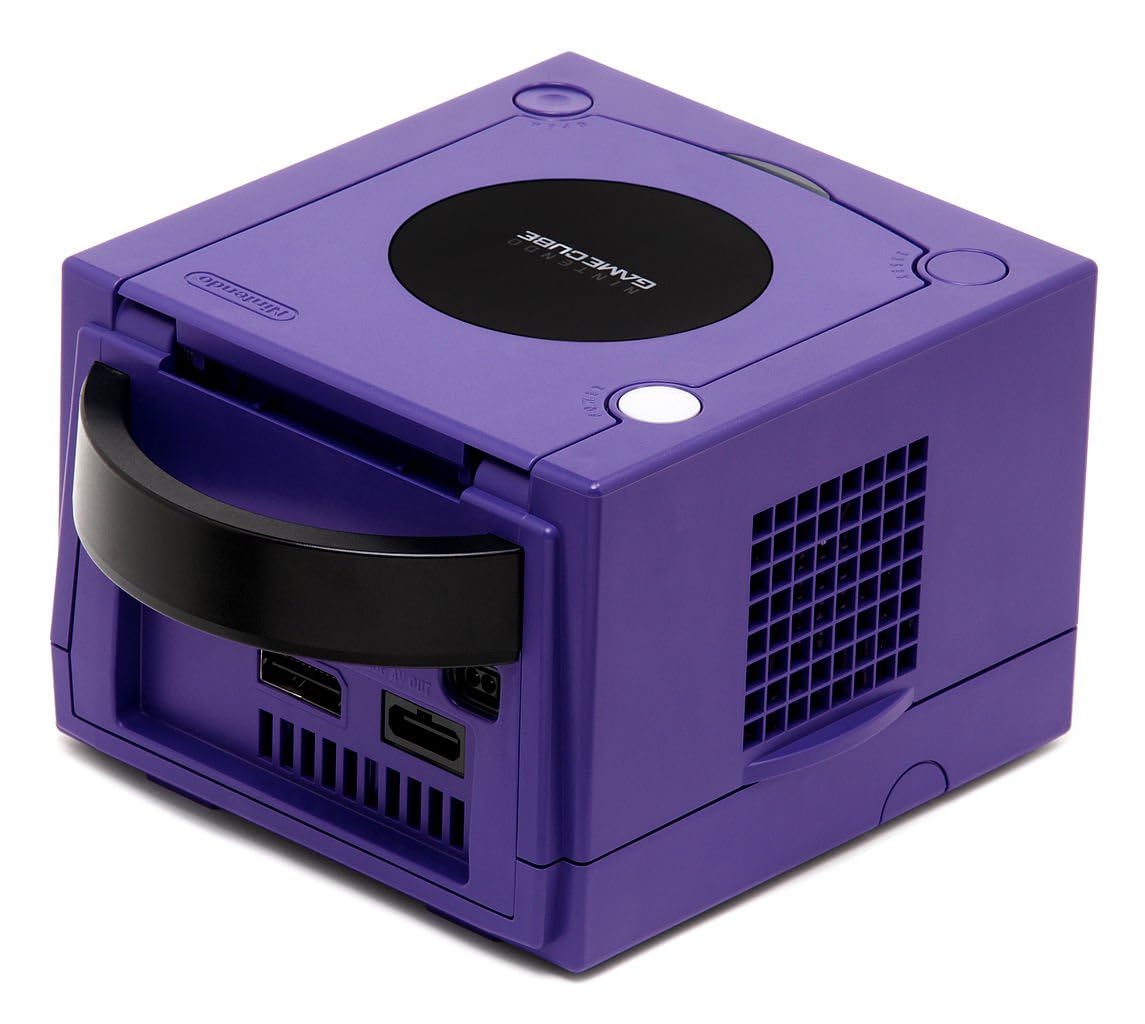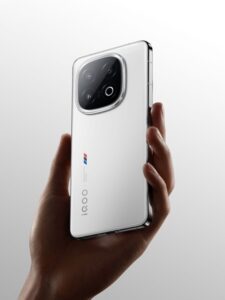On this day in 2001, Nintendo launched their GameCube console in the United States. Nintendo has a rich history of innovation and creativity in the gaming world. GameCube followed 1996’s Nintendo 64, which introduced 3D gaming and the analog stick.
What innovations did the Nintendo GameCube bring?
The Nintendo GameCube introduced several notable innovations that made it stand out in the gaming landscape at the time. Here are some key innovations:

Compact Design: The GameCube had a small, cube-shaped design that was both unique and portable. It was also available in a variety of colors. Notice the handle!
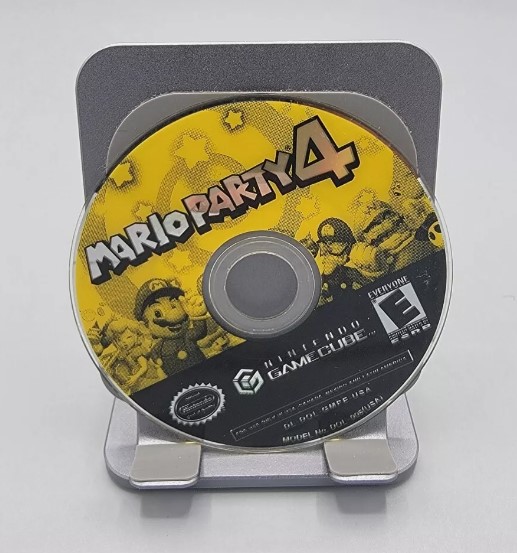
Optical Discs: Unlike its predecessors, which used cartridges, the GameCube used miniDVD-based optical discs, providing more storage capacity for games and allowing for better graphics and more complex gameplay.
The Nintendo GameCube Game Disc might be only three inches wide – but there’s a whopping 1.5 Gigabytes of information packed onto that diminutive disc.
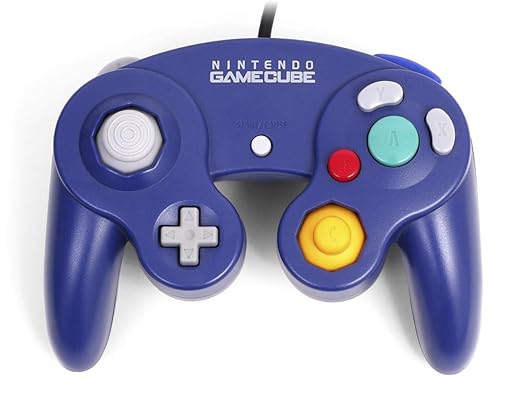
Controller Design: The GameCube controller was ergonomically designed and featured a unique button layout, including the large A button and the C-stick, which provided better control for 3D games.
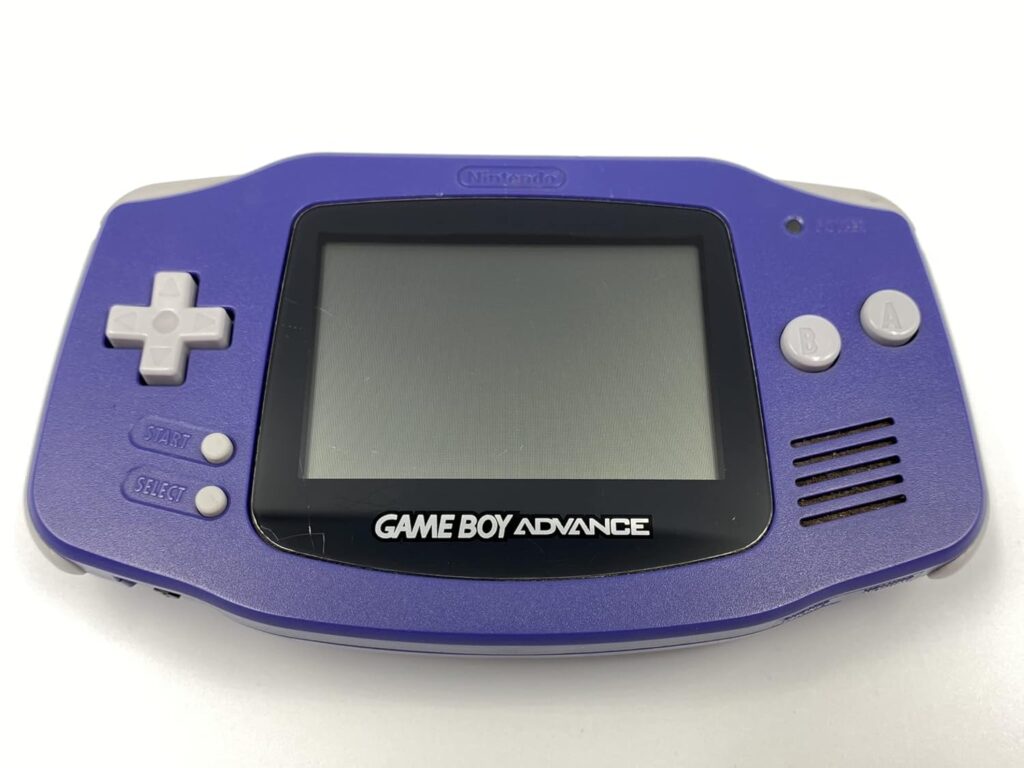
Connectivity: The GameCube supported connectivity with the Game Boy Advance through a special cable. This allowed for unique gameplay experiences, such as using the Game Boy Advance as a secondary screen or controller.
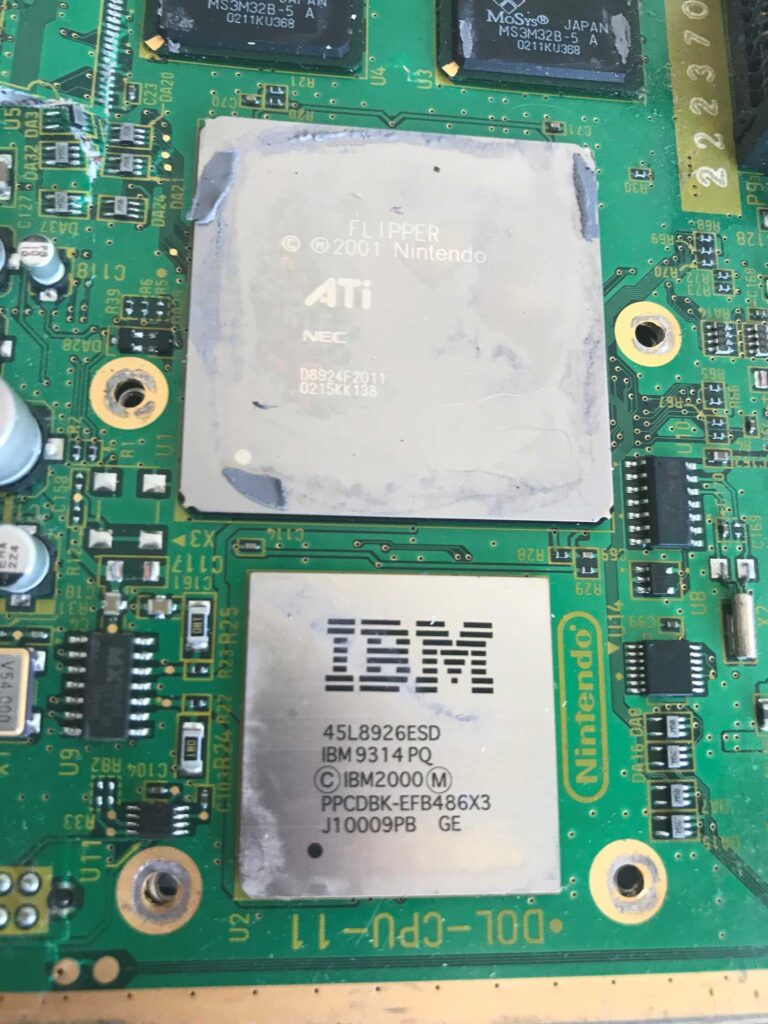
Hardware Capabilities: The GameCube had powerful hardware for its time, with a custom IBM PowerPC CPU and a GPU developed by ATI. This allowed for improved graphics and performance compared to its competitors.
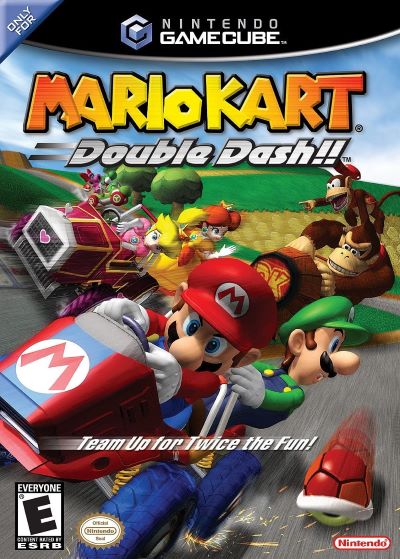
Multiplayer Capability: With the Broadband Adapter for Nintendo GameCube you could play titles like Sega’s Phantasy Star Online Episode I & II online with your friends, but you can also make splitscreen multiplayer a thing of the past by linking multiple consoles together for a heated tournament of Mario Kart: Double Dash!!
The Launch
The Nintendo GameCube had a very successful launch in the U.S. on November 18, 2001. It sold 310,000 units on the first day and over 500,000 units by the end of the first week. By the end of December, Nintendo had sold 750,000 units in North America. The GameCube’s lower price point of $199.95 compared to its competitors also helped attract many buyers.
According to this video, Nintendo previewed the console as part of a $75 million marketing campaign at a New York nightclub.
Here is an original Nintendo GameCube commercial from 2001:
Here’s a Christmas 2001 EB Games advertisement:
Competing Against PlayStation 2 and Xbox
Nintendo employed several strategies to market the GameCube against its competitors, the PlayStation 2 and Xbox:
- Unique Design: The GameCube’s compact, cube-shaped design and colorful options made it visually distinct and appealing, especially to younger audiences.
- “The Nintendo Difference”: Nintendo’s marketing campaign emphasized the unique qualities of the GameCube, highlighting its strong first-party titles and family-friendly games.
- “Born to Play”: This slogan was used in advertisements to emphasize the GameCube’s focus on gaming, contrasting it with the PS2 and Xbox, which were marketed as multimedia entertainment systems.
- Price Point: The GameCube was priced lower than its competitors, making it an attractive option for budget-conscious consumers.
- Game Library: Nintendo promoted its strong lineup of first-party games, including popular franchises like Mario, Zelda, and Metroid, to draw in gamers.
- E3 Reveal: Nintendo unveiled the GameCube at E3 with a memorable presentation, showcasing its innovative features and games.
- Targeted Advertising: Nintendo used video game commercials featuring a rotating cube animation that morphed into the GameCube logo, ending with a voice whispering “GameCube,” creating a memorable and distinctive brand image.
Despite these efforts, the GameCube faced challenges, such as the lack of DVD playback and limited online capabilities, which were offered by its competitors. However, Nintendo’s focus on delivering high-quality gaming experiences and its strong brand loyalty helped the GameCube carve out its niche in the market.
Foundational to the Nintendo Wii
Nintendo followed up GameCube with their groundbreaking Wii console. That console was released in 2006 and popularized the motion controls that Nintendo consoles, such as the Switch, have continued with. Furthermore, Wii’s hardware was based on the GameCube’s architecture, making it backward compatible with GameCube games and accessories.
